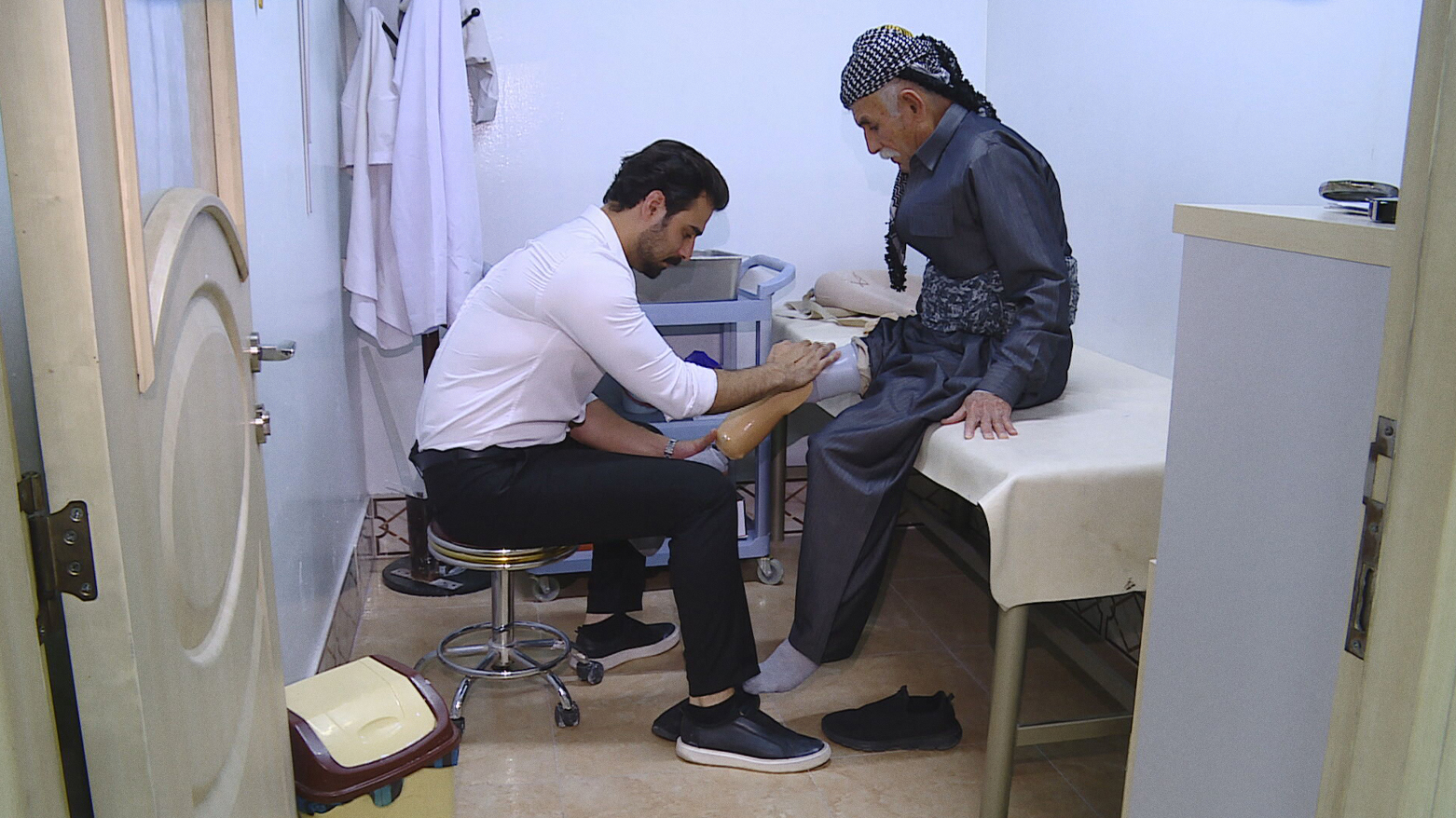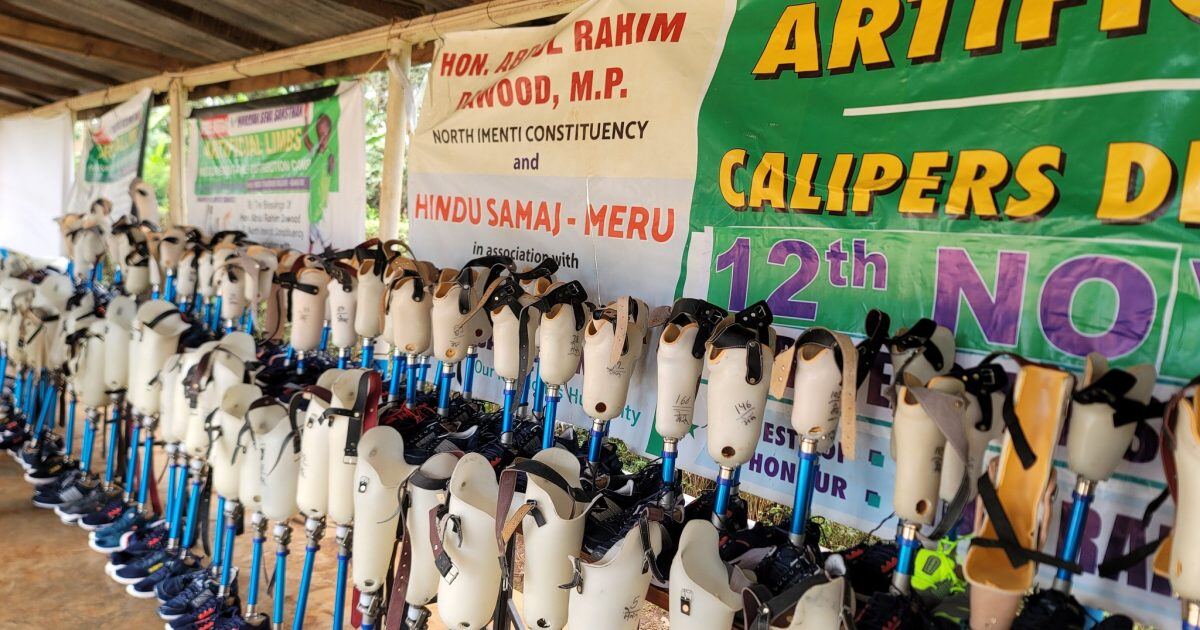That’s not what the MRI scans showed, however. The study participants had very consistent hand and lip brain maps before and after limb loss. Images following amputation were taken three months and six months after surgery for all patients. One participant was scanned again 18 months after and another five years later, with all images showing the same result.
“The body map in the brain is highly preserved in the sensory cortex, or somatosensory cortex, despite a very drastic change to the sensory input that’s going back to the brain,” said lead author Hunter Schone, a postdoctoral research fellow at the University of Pittsburgh.
The research has significant implications for prosthetics, according to Jacob George, director of the Utah NeuroRobotics Lab, who was not involved in the study. Because the brain map remains stable well after amputation, individuals who lose a limb do not lose the concept of that limb. This makes them eligible for a neural prosthetic or brain-computer interface — a system that translates brain activity into commands to an external device — even well after an amputation, George added.
The findings can also inform treatment for phantom limb pain, Schone said. Existing therapies for the condition were designed based on the belief that they could reverse the reorganization of brain maps that arises after amputation. Some patients, for instance, are advised to take a mirror and place it in front of the residual limb to trick the brain into seeing the old hand moving, according to Schone.
“These therapies continue to perform the same as placebos, which tells us that we’re not actually targeting the mechanistic target of phantom limb pain, which aligns with what our data shows,” Schone said. He added that the true mechanism driving the condition likely has less to do with higher cortical structures and could instead relate to nerve structures outside of the brain.
The study is not without limitations, the most significant being its sample size of three participants, said Rory Cooper, director of the Human Engineering Research Laboratories at the University of Pittsburgh. The authors sought to improve the confidence of their results by analyzing a cohort of upper-limb amputee participants who lost limbs on average over two decades ago. There were no differences in the activity of this group and that of the three study patients, according to Makin.
Future questions for the authors to explore include whether the findings hold true for individuals with lower-extremity amputations, Cooper said. Also worth probing is what happens when the amputation occurs at an earlier stage, according to George. He explained that people born without limbs never develop the image of a hand in their brain map. A next step could be seeking to understand at what point an individual still has the plasticity that allows the brain to fundamentally change following limb loss.
Overall, George feels that the study “will be a key piece of the clinical documentation as we move towards what I would refer to as neural prosthetic type systems.” He added that “this could ultimately change the way that we think about delivering therapy, and it could also change the way that we’re prescribing these prostheses.”


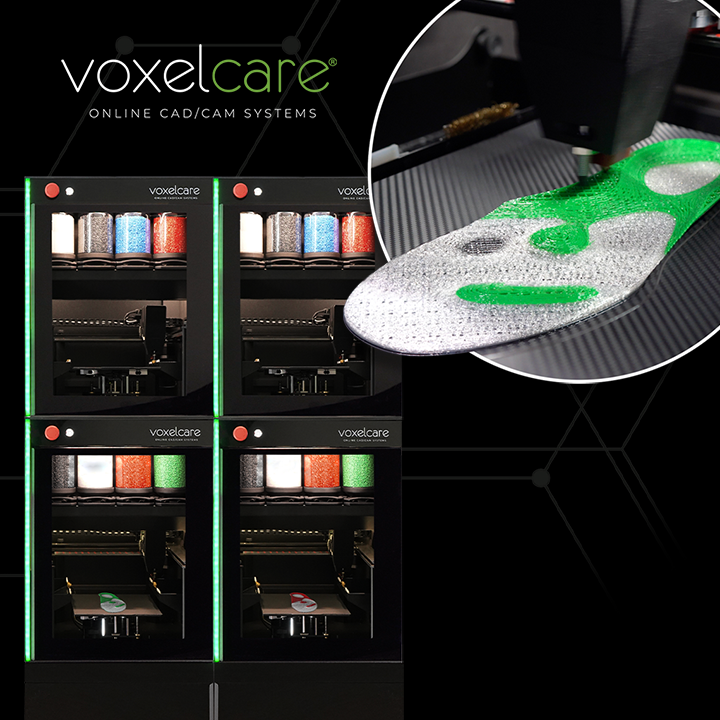

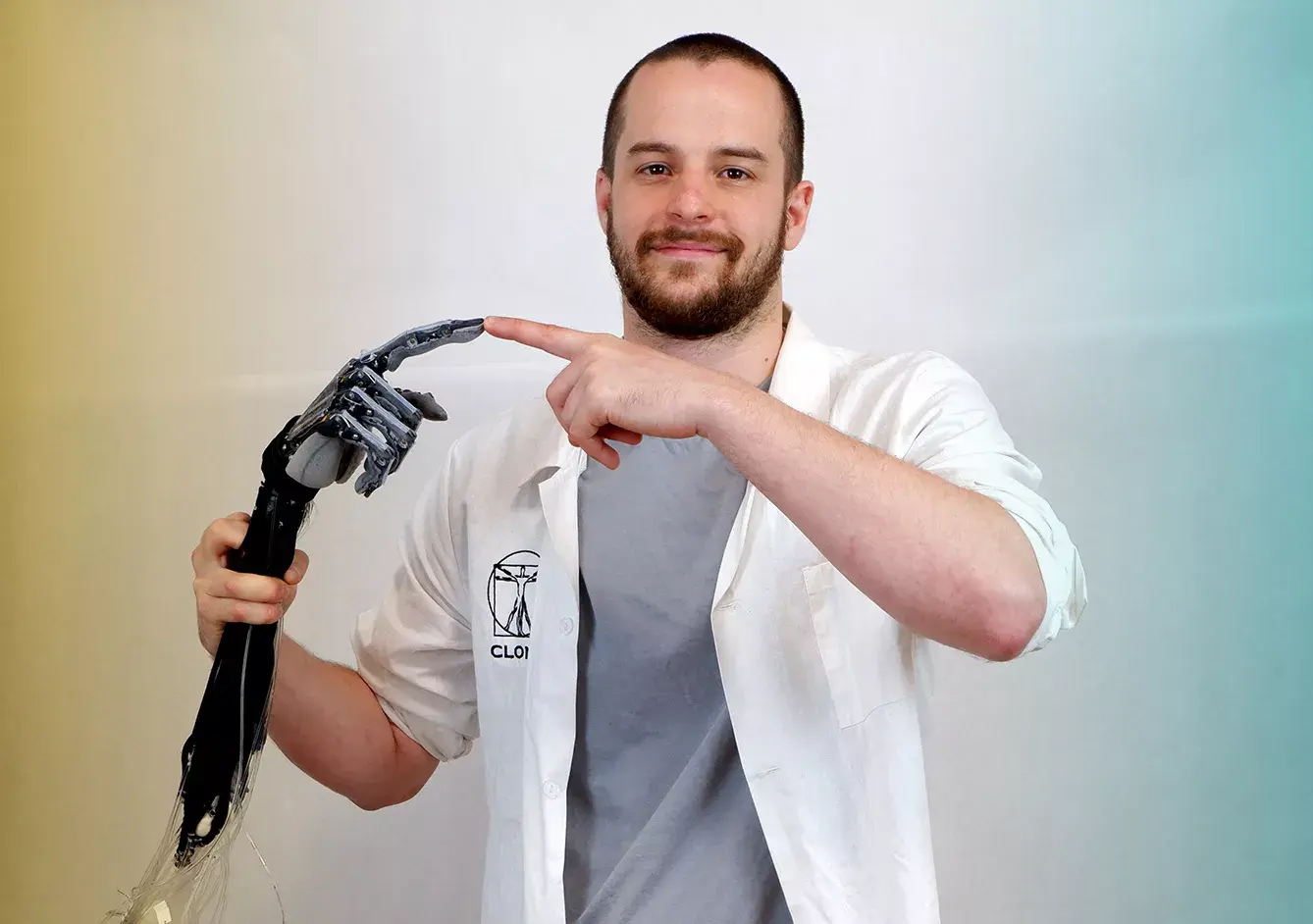

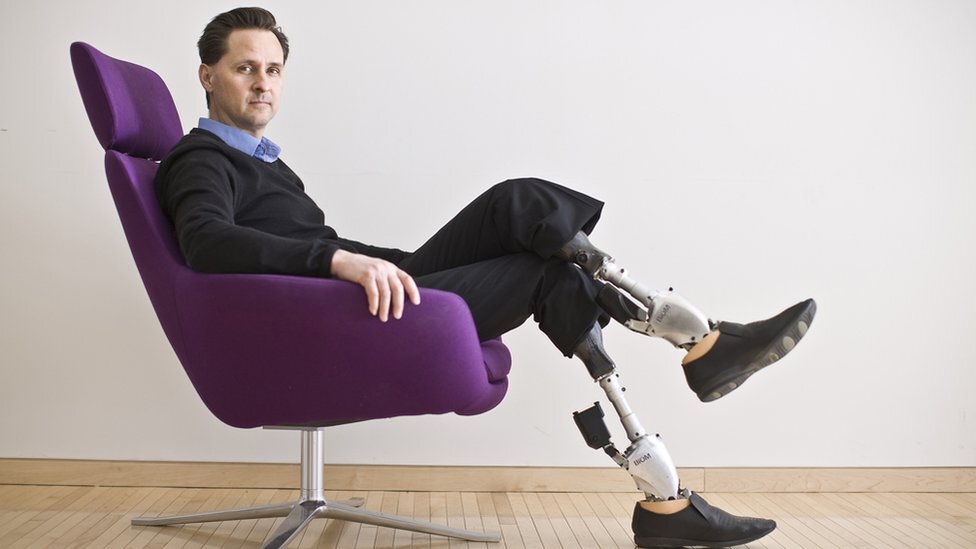
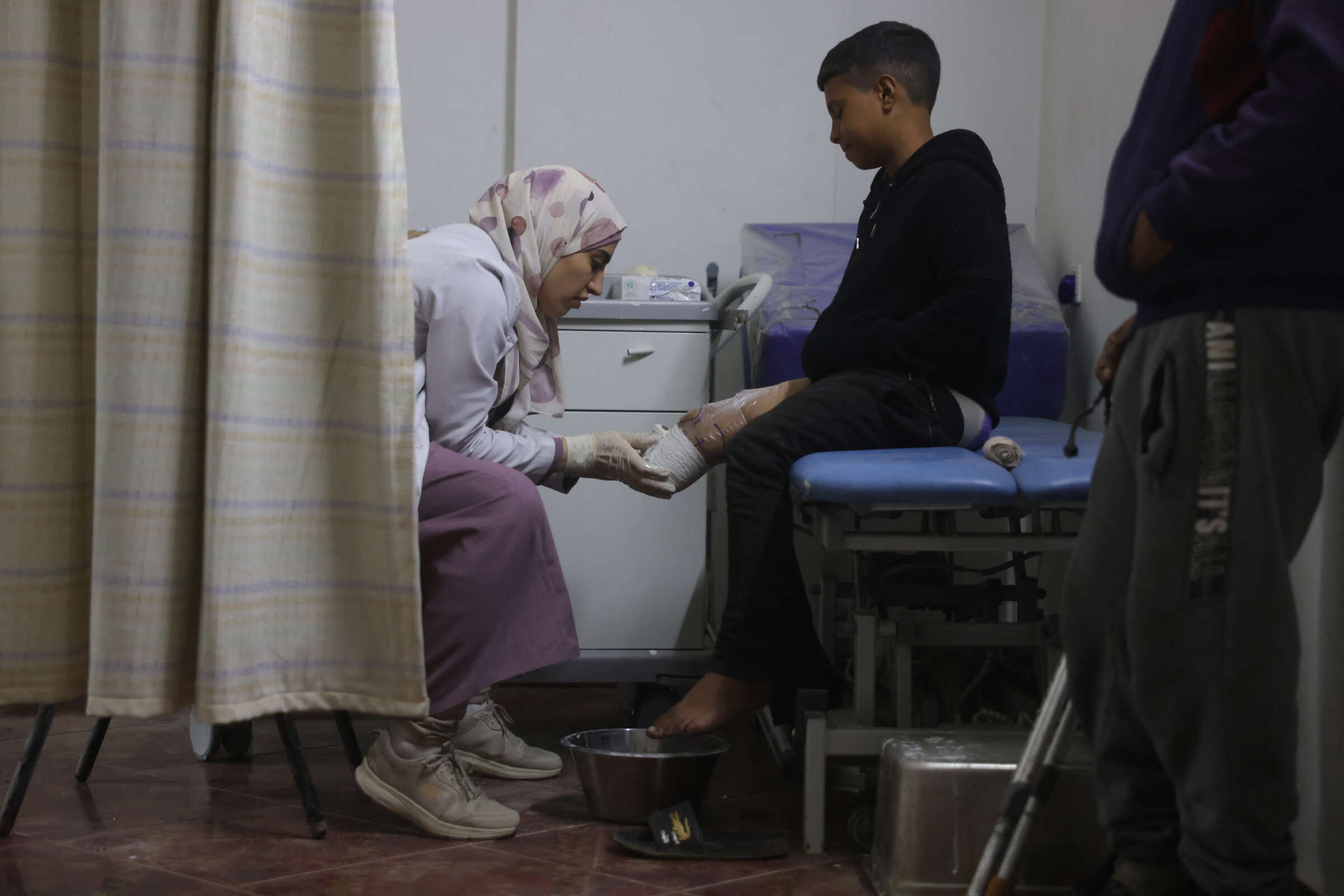
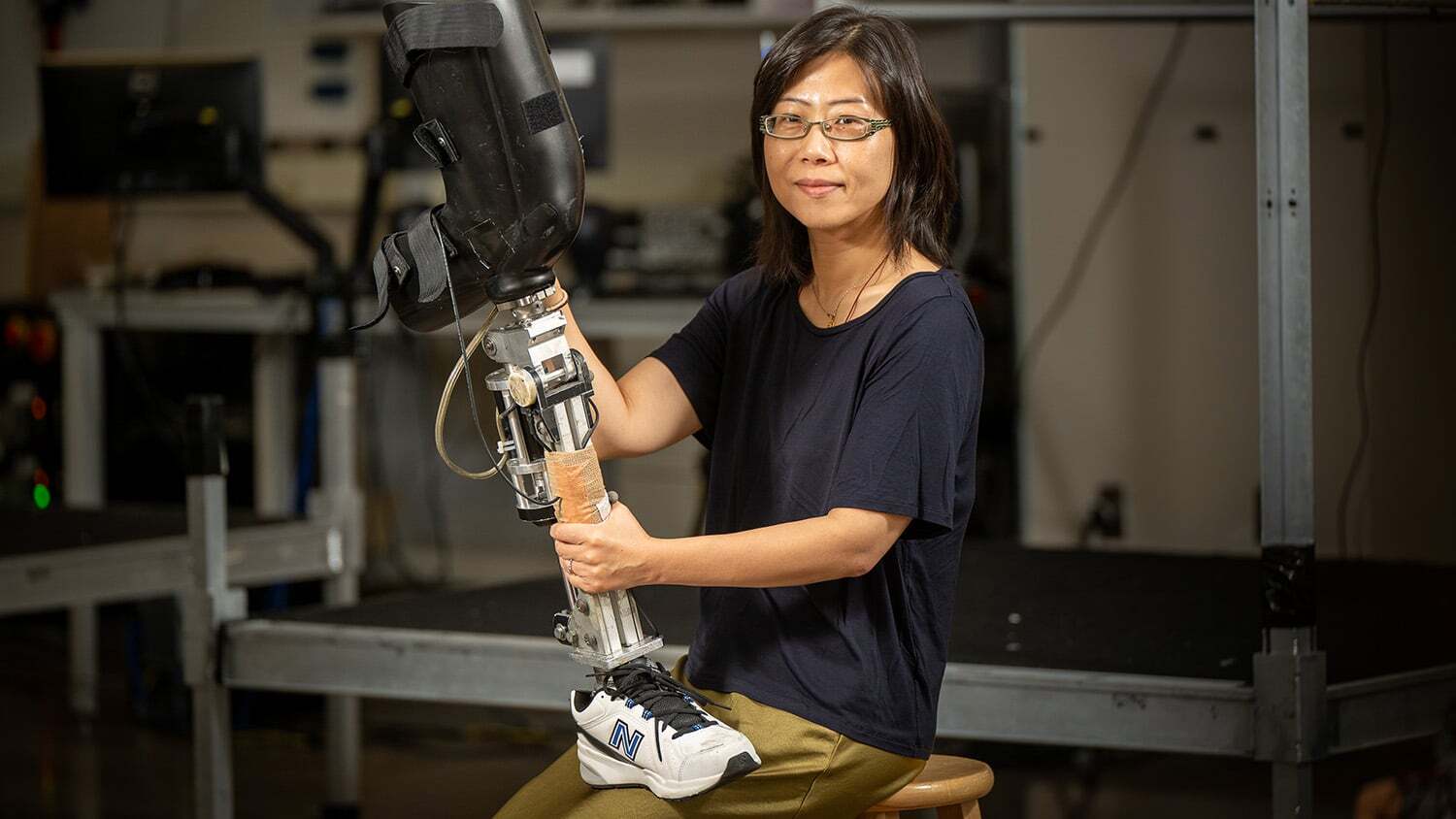


-1.png)
